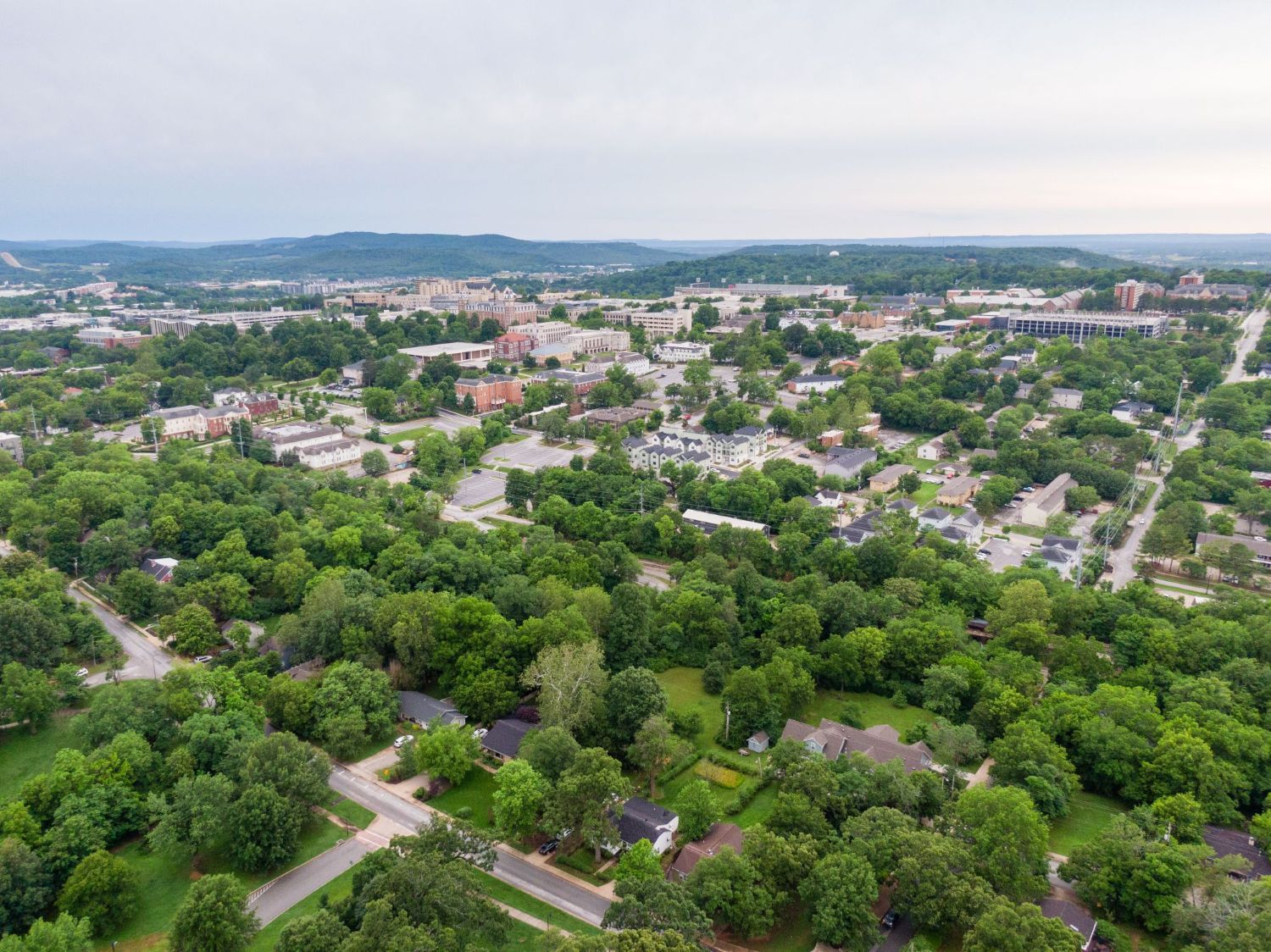Connecting people. It’s the mission, in its simplest form, of engineers who design bridges.
That mission took on a much higher calling for the Olsson team responsible for designing Abraham’s Bridge on the Tri-Faith Initiative Commons.
Abraham’s Bridge was designed to connect four buildings that make up the Tri-Faith Commons in Omaha, Nebraska: three houses of worship representing the Abrahamic faiths – Temple Israel (Jewish), The American Muslim Institute (Islamic), Countryside Community Church (Christian) – and an interfaith center, The Tri-Faith Center that once completed will be a hub of educational events and resources, including webinars and other digital programs that can be used worldwide.
But this bridge connects more than buildings and people. The circular bridge was created to cultivate a sense of community between those with differing religious views.
At 1,440-feet in diameter, the bridge was the brainchild of Olsson landscape architect Doug Halvorson, who designed the master plan for the Sterling Ridge development that includes the Tri-Faith Initiative. He conceived the bridge to be accessible from all houses of worship and to serve as a way for the congregations to interact with one another.
“When I showed how I would connect everything with a giant circle bridge, they just loved the concept,” Doug said. “To me, it’s the epitome of spirituality. It’s clean, never ending, never beginning. And it ties everything together in a perfect way.”
An Unbroken Symbol of Unity
Doug’s idea was hatched in 2010. Because of our strong ties with the developer of Sterling Ridge, Lockwood Development, Olsson provided civil engineering services for the project.
When Countryside Community Church joined the initiative and reoriented their building on the land parcel, the Tri-Faith Initiative board of directors opted to shrink the footprint of the Tri-Faith Center and push more programming into the congregational spaces.
Enter the circle bridge. And Olsson.
“Being mindful that collaboration is very important to the Tri-Faith community, the bridge is a way to connect members of the congregations to each other and serves as our connective tissue, both literally and figuratively,” said Wendy Goldberg, executive director of the Tri-Faith Initiative.
By this time, Adam Christensen was serving as project manager for Olsson, working with different groups to finalize plans. Part of Olsson’s role was to sell the project to a large stakeholder group, get the community excited about the project, and to gain and document final approvals.
“I set the table, really,” Adam said. “I helped get buy-in on the concept. Then I turned it over to Ross and his team.”
From Vision to Reality
That would be Ross Barron, technical leader of Olsson’s Nebraska Roads and Bridges team. Brandon Roesler served as lead design support for the project. They were tasked with turning Doug’s vision into reality.
Before Olsson could start work, we needed to solve two challenges that involved Hell Creek, which runs through the property. First, the pedestrian walkway would go through an active wetland mitigation site. Second, three bridges had to be constructed within an urban Federal Emergency Management Agency (FEMA) regulatory floodway that was under a Conditional Letter of Map Revision (CLOMR). These challenges required an innovative, modern structure that fit in with the natural surroundings.
Hell Creek is an almost fully urbanized watershed in the heart of Omaha. Because of federal and local regulations, our design had to comply with an outdated FEMA floodplain map and meet “no-rise” requirements for both current and pre-Sterling Ridge conditions. We also had to prove our bridge design would not adversely impact neighbors under both of those same conditions. We accomplished this by creating a hybrid hydraulic model that combined the higher flows from the regulatory model with the revised geometry of the CLOMR model.
We also worked with the U.S. Army Corps of Engineers (USACE) to make sure our design would not impact the wetlands forming along the banks of the creek.
Thankfully, Olsson’s civil engineers did much of the heavy lifting during the initial development phase.
“When we did the Sterling Ridge development, we played back the banks of the creek, provided more area for the creek itself to reduce the risk of flood events, and set the creek up so it will function better overall,” said Katie Underwood, team leader of the Omaha General Civil team. “We did quite a bit of work to set this area up for success to begin with.”
Olsson’s Nebraska Roads and Bridges team took it from there. Ross was the engineer of record for the finished project, which his team designed and oversaw through construction. Because the bridge was shaped like a circle, the design required specialized geometry and tight tolerances, especially on the bridge spans. Our team determined that a unique prefabricated steel system would satisfy the tight tolerances needed to maintain a consistent circular shape.
Creating a Unique Solution
To simplify construction, we used a modular steel superstructure system with curved hollow structural sections. This system enabled us to maintain a small structural depth that minimized obstructions in the regulatory floodway and met the “no-rise” requirement for new structures.
This design is more cost-effective and more visually unique than a standard steel truss design. The walking surface of the bridge and the lighting bollards are made of easy-to-maintain, sustainably sourced timber.
“At the beginning, we needed to better understand the Tri-Faith Initiative board of directors and the different faith groups, and what their vision for the site and bridge was,” Ross said. “These groups are made up of a lot of people who had a lot of unique ideas. Our job was to understand, connect the communities, and design a bridge and boardwalk that honors the beautiful site. We wanted the bridge to blend into the natural environment and provide an inviting space for members of each congregation to relax and contemplate the intent and purpose of the truly unique community site. I think we accomplished just that.”
In all, Olsson performed structural, civil, and electrical engineering, landscape architecture, and hydraulic and environmental planning for the circular walkway.
Abraham’s Bridge is a symbol for the Tri-Faith Initiative because it represents people coming together to celebrate religious pluralism and diversity. The Tri-Faith Commons was built to be a central gathering place for members of the three congregations and to serve as a powerful public example of interfaith collaboration.
The bridge connects diverse ideas and draws together people of different beliefs and world views.
“The bridge exceeds everyone’s expectations,” Wendy said. “The congregational partners and neighbors use the bridge daily to move between the buildings. The neighbors didn’t have access to this land when it was a golf course, and now they bring their bikes and strollers to use the walkway. That’s the beautiful part because we want Tri-Faith to be accessible to our neighbors. We’re part of the fabric of the neighborhood, and the bridge is a beautiful asset that connects everyone together.”

































.avif)





































.avif)






















